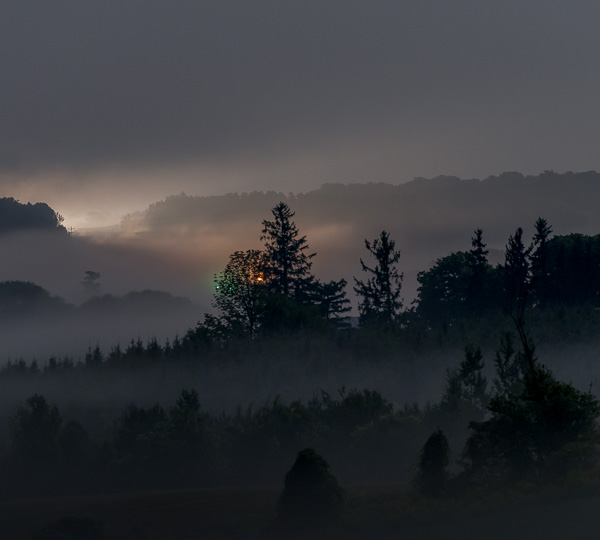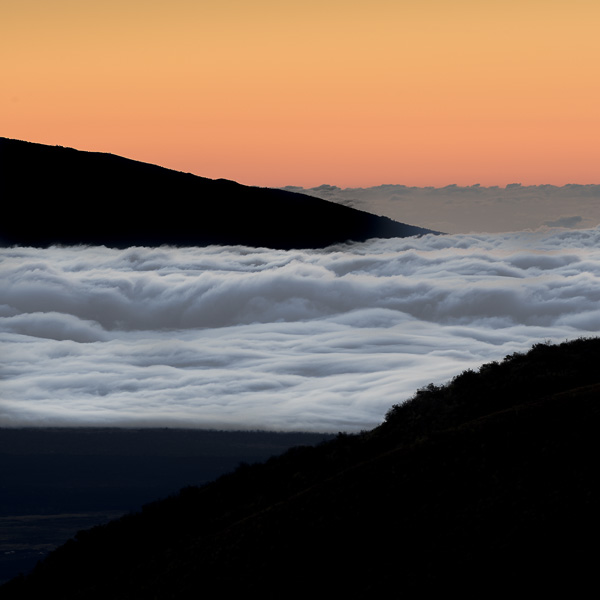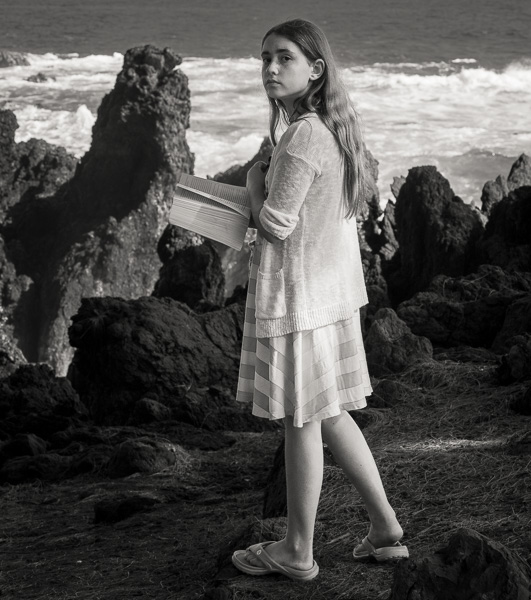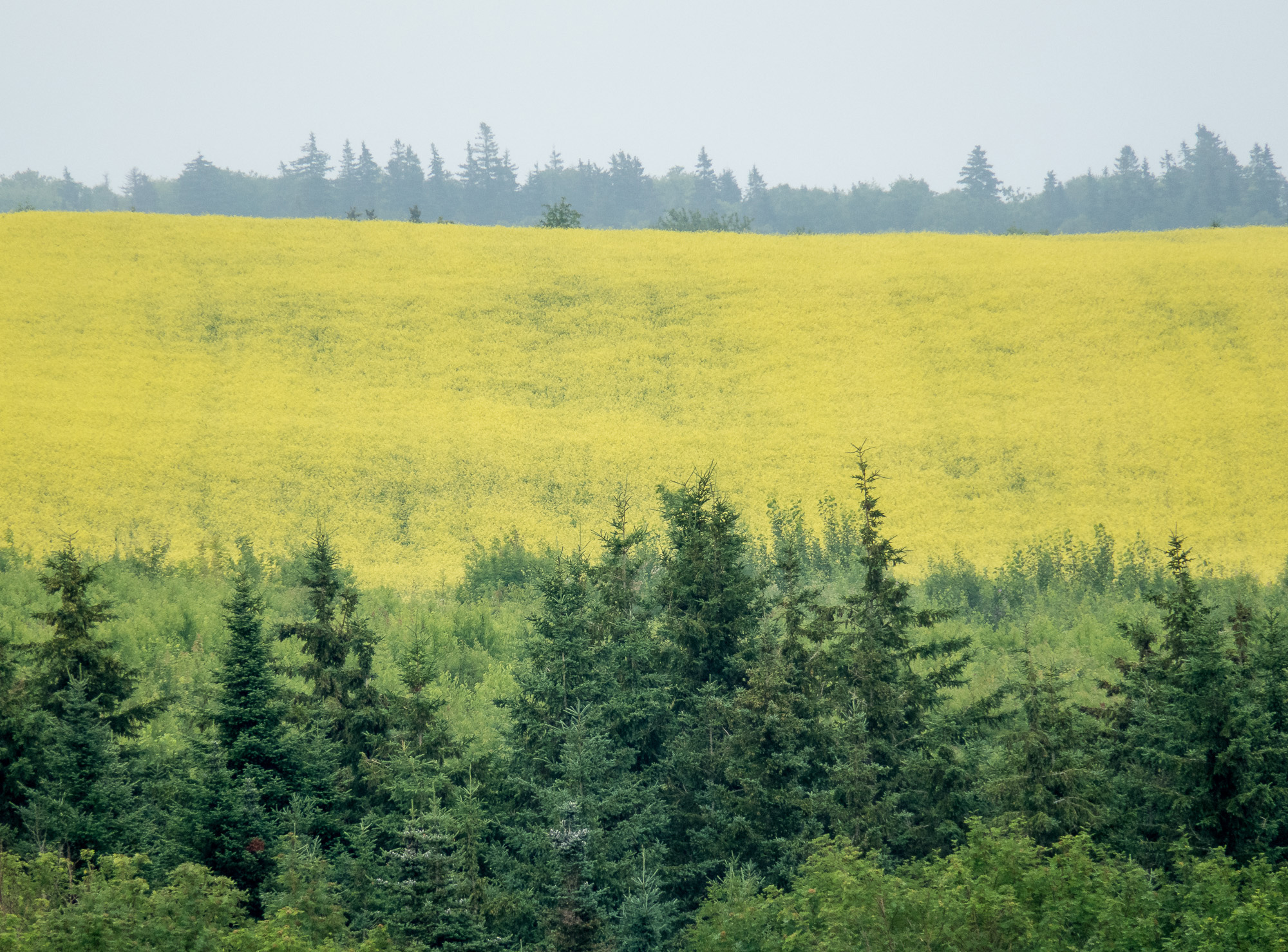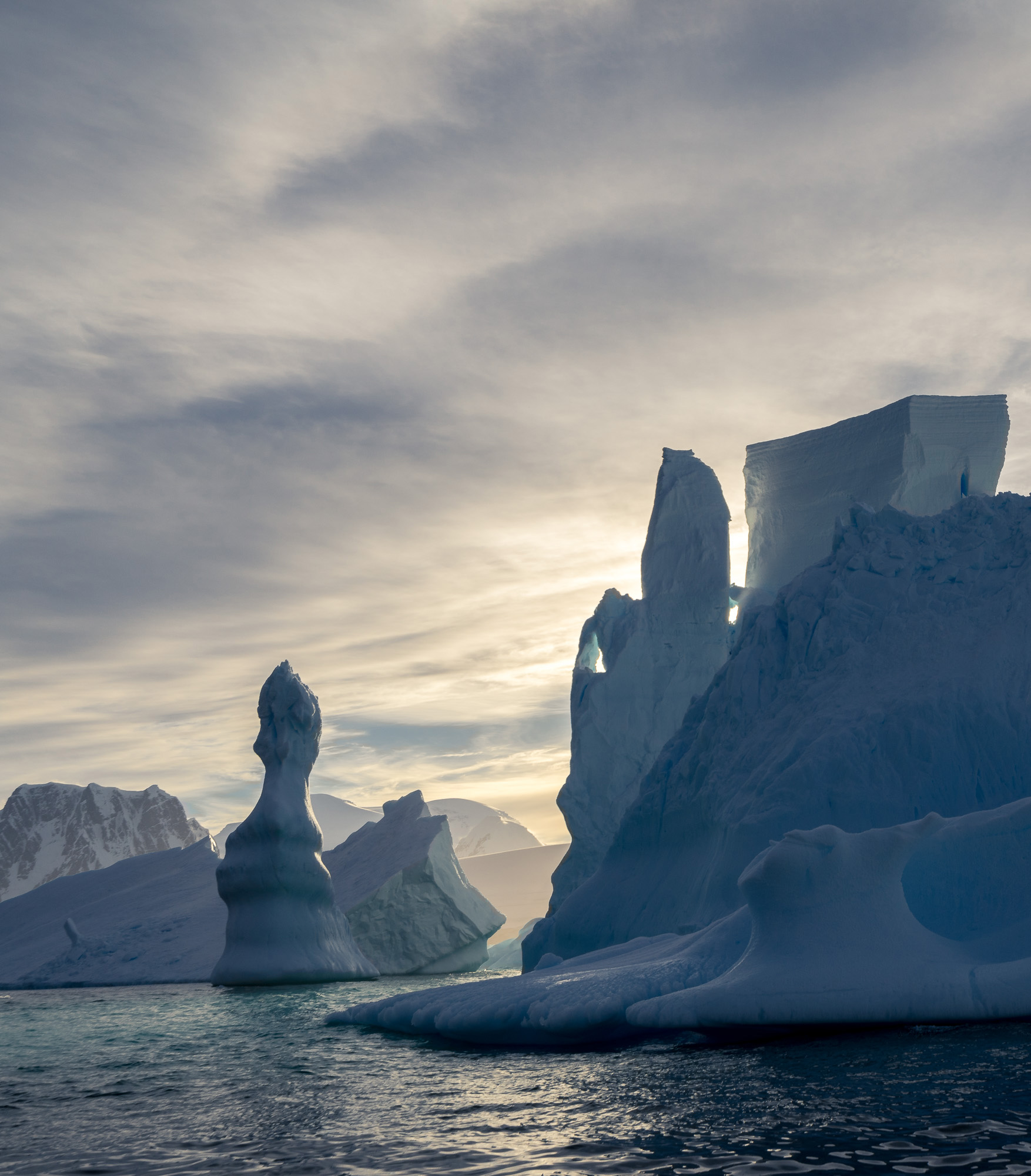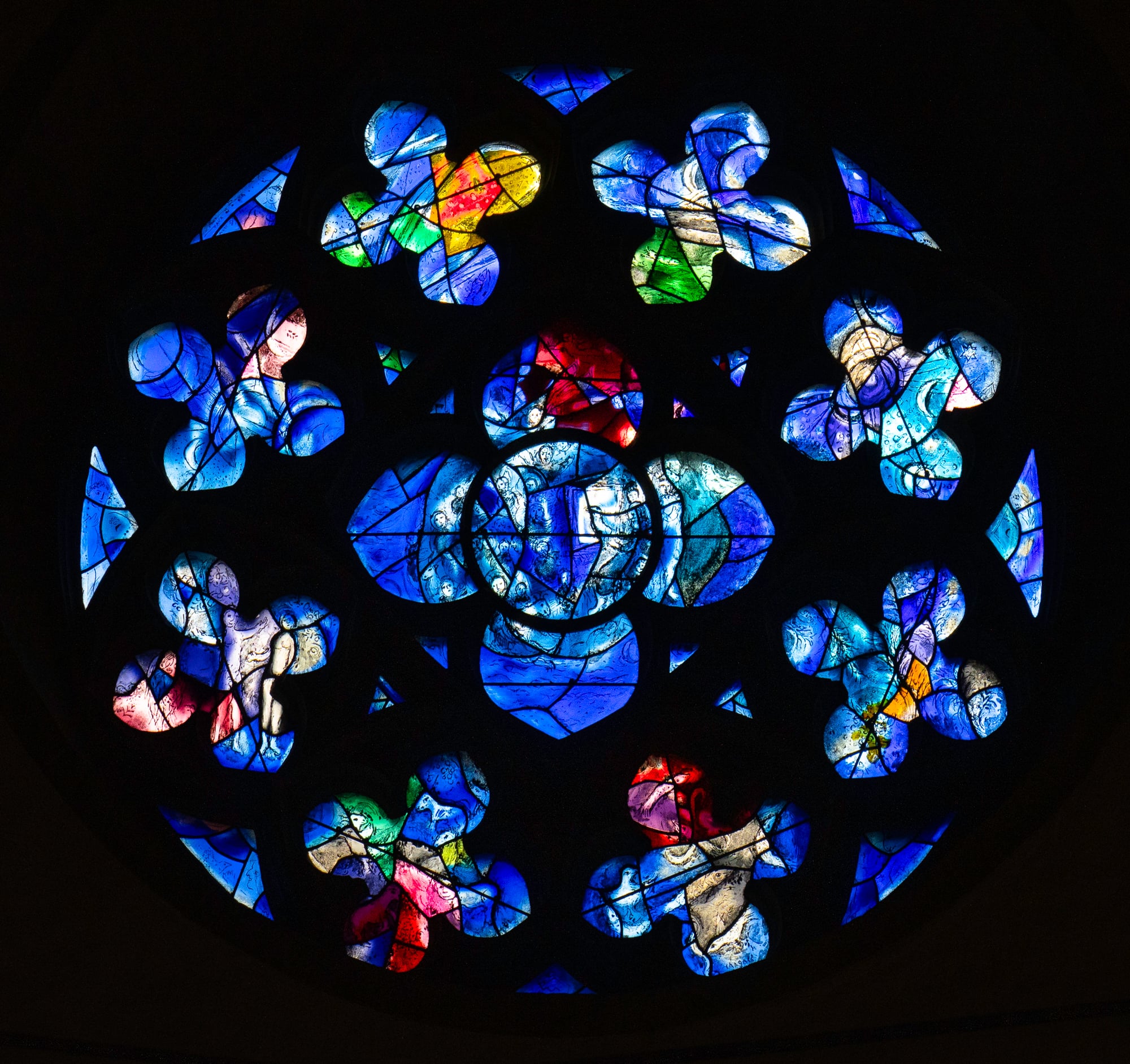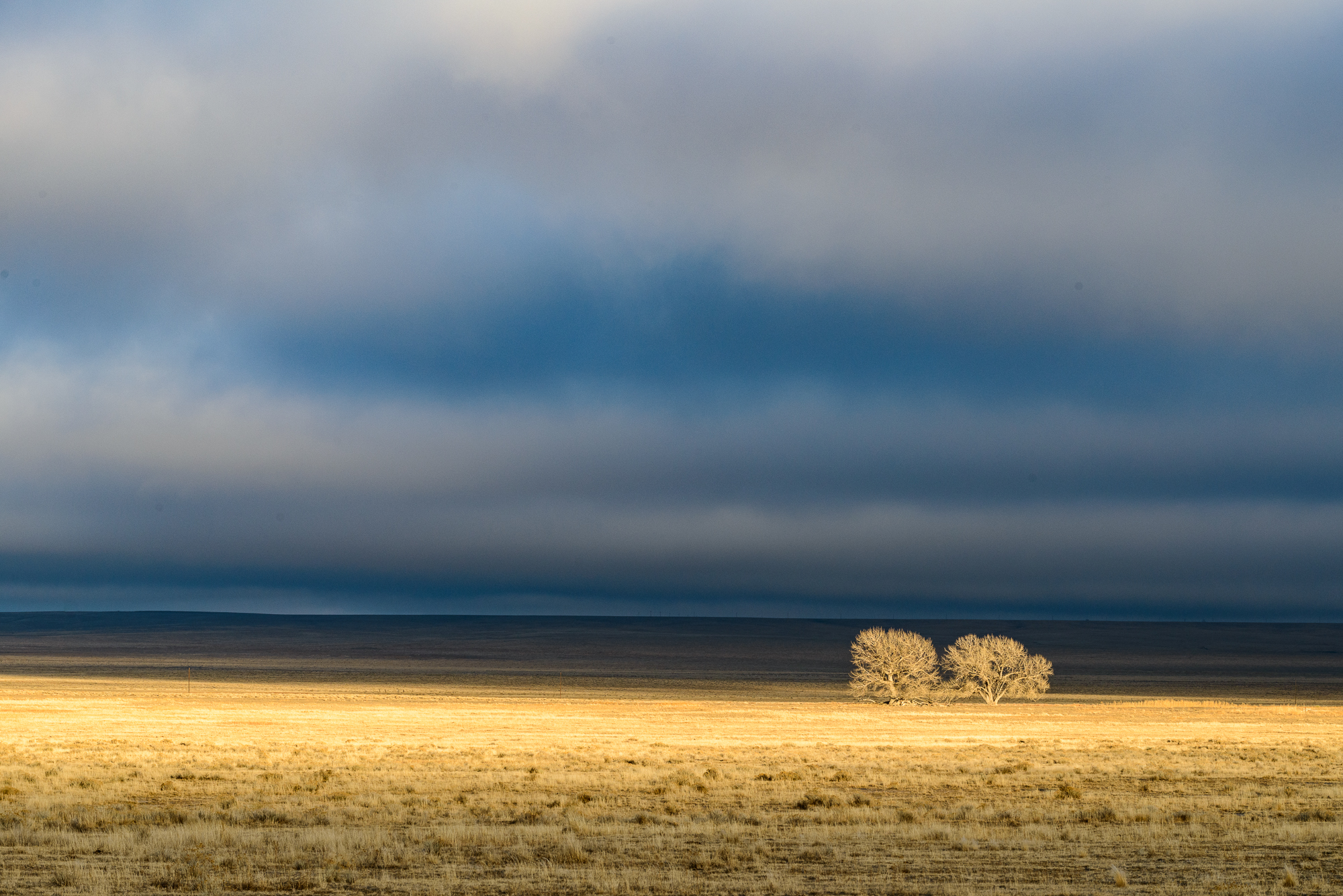

Ed Schlotzhauer: Bringing the Everyday into “In Focus”
We’re happy to welcome Ed Schlotzhauer to Luminous Landscape with his article “In Focus”. Ed, a Colorado-based fine art photographer, brings a fresh perspective to photography that we think you’ll enjoy.
Ed’s journey in photography is marked by self-taught exploration and constant experimentation. His background in engineering lends a unique analytical approach to his artistic process, resulting in thought-provoking images that challenge how we see the world around us.
In this piece, Ed shares his insights on seeing and capturing images. His ideas might give you some new things to consider next time you’re out shooting. Enjoy the read and happy focusing!
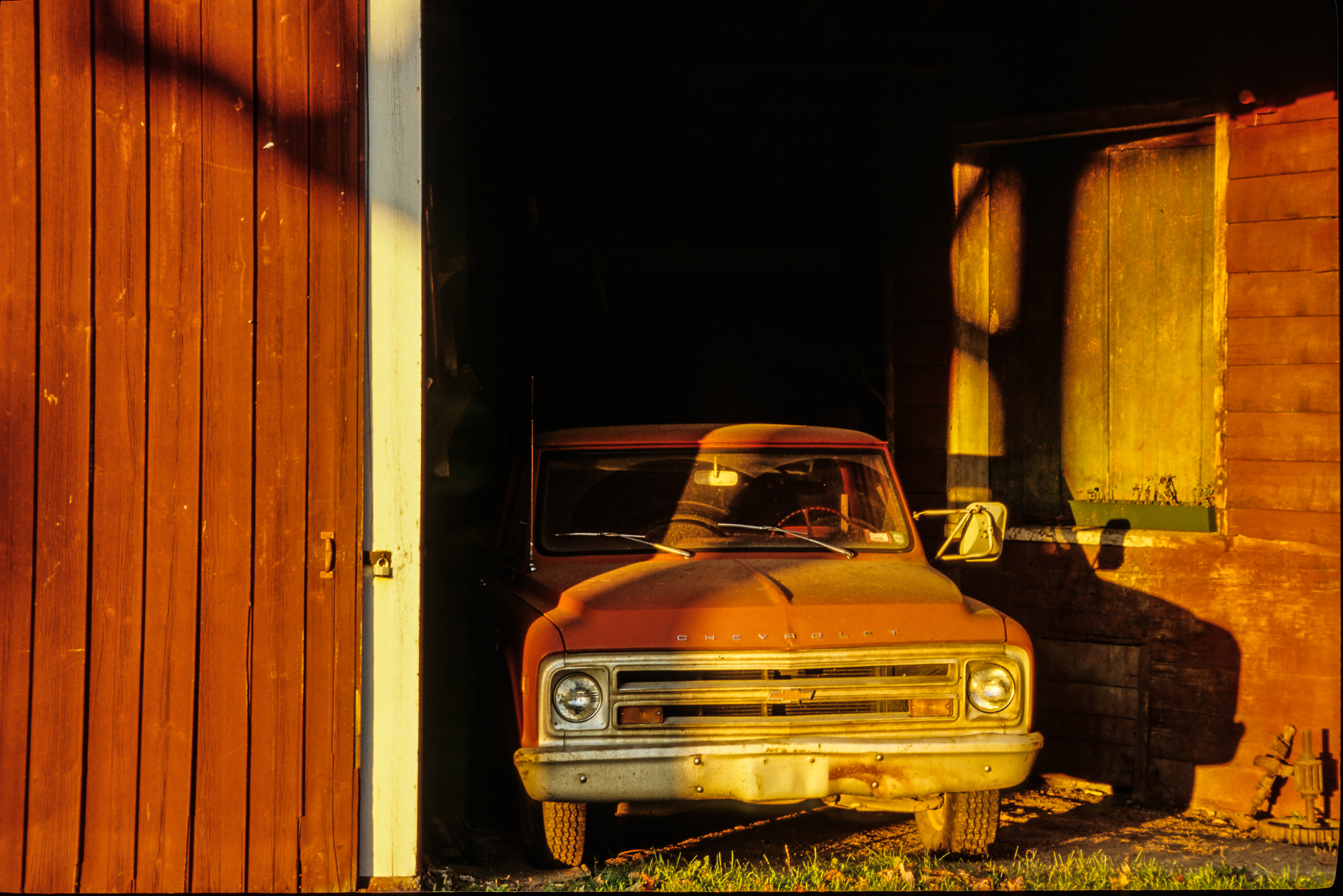

Focus, as an optical phenomenon, is unique to photography. But when we consider being in focus, there are other considerations besides the obvious optical one.
Focus is unique to photography
I had never considered this consciously, but it is only photographers who worry about optical focus. What is focus? Photography is created by imaging a three dimensional scene onto a two dimensional sensor via a lens. The lens has properties such as focal length and aperture that interact with the light passing through it to the sensor. The physics of imaging determines the thing we call Depth of Field (DOF). This is the amount of the the scene that is in acceptable focus. What is acceptable and what this means is the subject for another article.
So as I am setting up a photo and making decisions about the focal length and aperture to use, my location relative to the subject, lighting, etc., it is also affecting the range of clear focus I will achieve. I praise the wonderful auto focus systems in modern cameras. They have come a long ways and do a great job if used properly.
How is other visual art different? Well, a painting is created directly on a canvas. The sharpness or blurriness of elements in the image are determined by the painter by the marks he puts on the canvas. Since the resulting painting is a 2 dimensional thing, it has no depth to influence sharpness or DOF.
Or take a sculpture. It is a 3 dimensional object. We view it with our eyes. Since our eyes and brain construct a sharp representation of the scene we are viewing, we see it as all in focus.
Other focus considerations
But the optical sharpness or unsharpness of an image is not the only consideration. An image can be in focus or not in other ways. How well did the artist understand his intent? Is it clear what we should see as the subject? Does it move us in any intended way?
Worrying about or concentrating much on optical focus is a beginner issue. Once we mature that becomes just a natural part of the craft we take care of automatically. I don’t know any advanced photographers who worry about “nailing” the focus. Sure, there may be times when camera shake or something causes the image to be blurry, but it is seldom because the artist did not know how to achieve good focus.
Intent
Sometimes when we are shooting we are moving fast. Maybe the light or the subject is moving quickly and we are having to react in real time. Or maybe we are just too lazy to analyze what about the scene we are framing interests us.
I believe very much in instinctive shooting. But our instinct has to be well trained and experienced enough to bring together a huge amount of decisions quickly and without much conscious thought. Until we get there, we need to be very slow and intentional about what we are doing.
Ansel Adams expressed it well when he said “There’s nothing worse than a sharp image of a fuzzy concept.” Our image may be in perfect optical focus, but were we intentional about what we wanted to say?
Similarly, Jay Maisel, in his brusque New Yorker manner said “If you talk with nothing to say, that’s bad. When you shoot with nothing to say, that’s worse, because you still have to edit the damn pictures.” Well, he’s right, too.
Before we even raise our camera we need to go through a dialog with our self. “What draws me to this?” “What do I want my audience to see and feel?” “How can I frame and compose this to achieve my goal?” With experience this process becomes almost automatic, but I strongly recommend being slow and intentional with it for a long time.
When I feel I’m going too fast I still will slow myself down and consciously go through the dialog. It helps to center me and clarify my focus and intent.
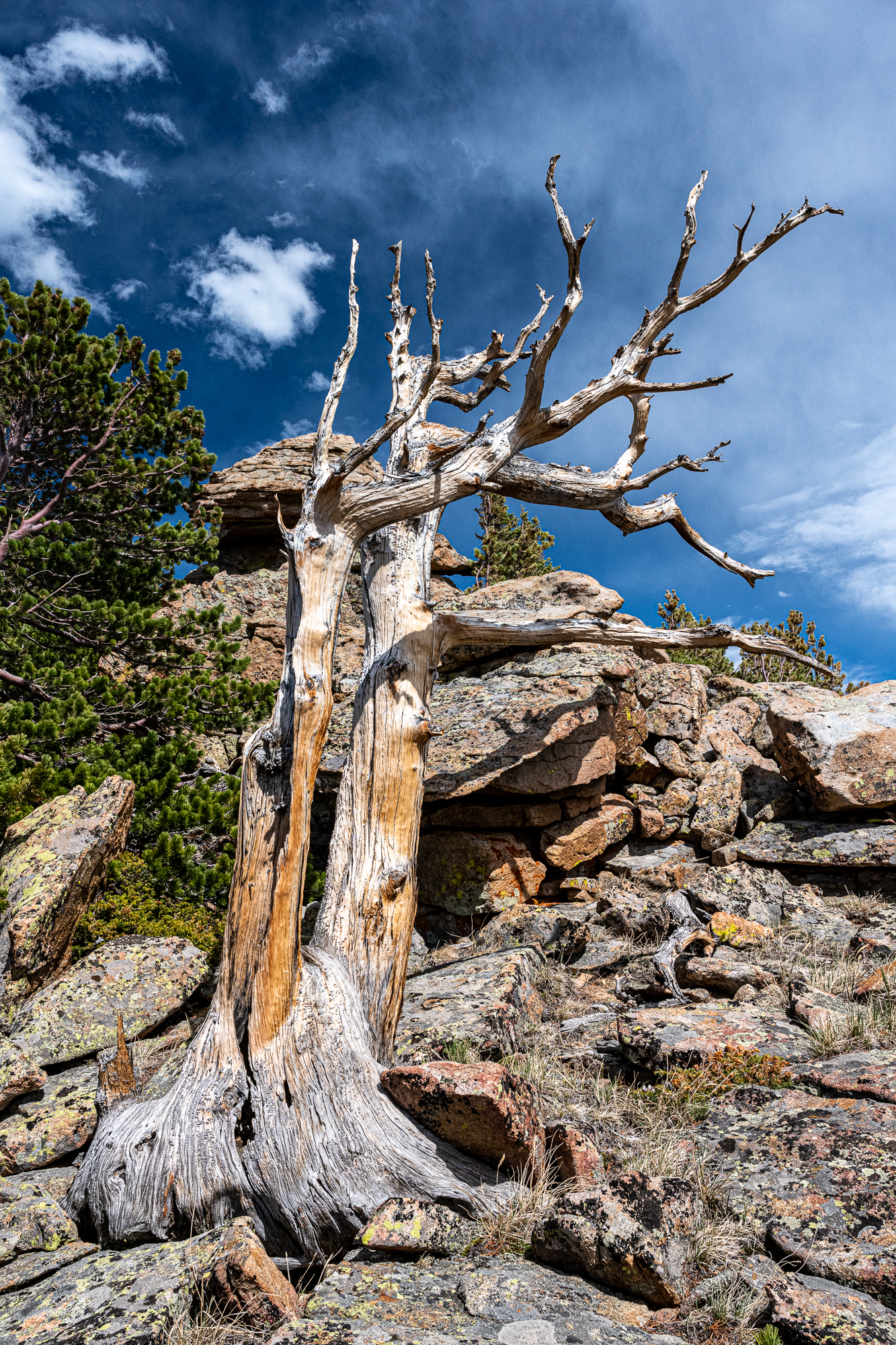

Subject
Do all of your images have a defined subject? A certain object or area or pattern that is the key that the image revolves around? If you are shooting portraits or street scenes that may seem obvious. But even then, is it conscious?
In a video I watched of Jay Maisel shooting street scenes in Paris, one of the images he shot was of a girl riding a scooter in a park. It was a sweet and nice image. But when he showed it and described his reason for taking it, we see that it was captured at the perfect moment when her head was up and she was kicking her pushing leg dramatically. A perfect moment. That gesture, as he terms it, made it a beautiful image.
So in this case the subject wasn’t just a girl riding a scooter in a park, it was her posing and moving in a very characteristic way that gives a dramatic insight into her personality. He moved beyond the simple surface subject and opened up a deeper insight.
Shooting the eye of the bird
When I was learning to shoot (archery and guns) I was taught a simple but impactful lesson. You have to aim for what you want to hit. Duh. But not so simple or obvious as it sounds.
One expression of it I heard was a story about an archery master teaching pupils to shoot birds. The students arrows were wildly all over. The master almost always brought down a bird. They asked him why. He said they were shooting at the bird. He was aiming at the bird’s eye.
I have seen the similar effect in hunting, even in modern times. If you are trying to shoot a deer in the woods, if you shoot “at the deer” you will likely miss. Pick out the exact point you want to hit and aim carefully for that. Your percentage will go way up.
So in our art, the subject isn’t necessarily everything in the whole scene or even that lovely grove of trees. What is really key, important? Pick what is really the subject and make it the basis of the image. The eye of the bird. This may seem nearly impossible in a landscape. But think about it. Give it a try. See if you can’t pick out what is actually the key point in the scene. Make sure it is treated properly.
Experience
But even more important and powerful than a clear subject is the experience we bring to our viewer. Photographers, in particular, often get caught up in the technology or craft and sort of forget abut the viewer.
It’s kind of like what Ansel Adams said about there being nothing worse than a sharp image of a fuzzy concept. If you don’t know precisely what you intend the viewer to see and feel, they probably won’t figure it out, either. Then we’re both disappointed.
Clear focus and optical sharpness is often important, but will probably not be what makes or breaks a great image. Having a distinct subject is also important, but also will not be the deciding factor. The artist must have a clear vision of the effect he wants to create in the viewer. Everything about the image must work together to achieve that goal. That is being in focus.
Read this story and all the best stories on The Luminous Landscape
The author has made this story available to Luminous Landscape members only. Upgrade to get instant access to this story and other benefits available only to members.
Why choose us?
Luminous-Landscape is a membership site. Our website contains over 5300 articles on almost every topic, camera, lens and printer you can imagine. Our membership model is simple, just $2 a month ($24.00 USD a year). This $24 gains you access to a wealth of information including all our past and future video tutorials on such topics as Lightroom, Capture One, Printing, file management and dozens of interviews and travel videos.
- New Articles every few days
- All original content found nowhere else on the web
- No Pop Up Google Sense ads – Our advertisers are photo related
- Download/stream video to any device
- NEW videos monthly
- Top well-known photographer contributors
- Posts from industry leaders
- Speciality Photography Workshops
- Mobile device scalable
- Exclusive video interviews
- Special vendor offers for members
- Hands On Product reviews
- FREE – User Forum. One of the most read user forums on the internet
- Access to our community Buy and Sell pages; for members only.





